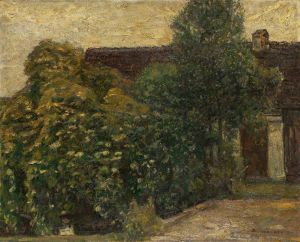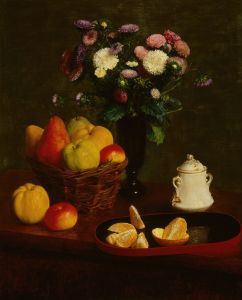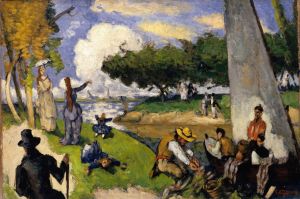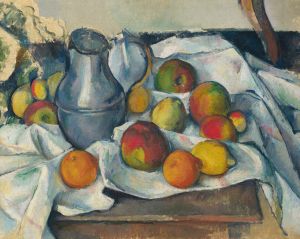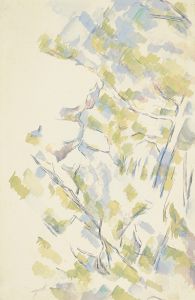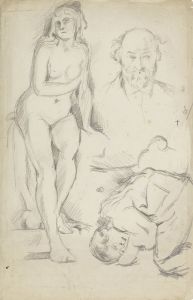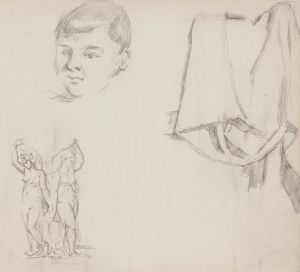
The Gardener Vallier
A hand-painted replica of Paul Cézanne’s masterpiece The Gardener Vallier, meticulously crafted by professional artists to capture the true essence of the original. Each piece is created with museum-quality canvas and rare mineral pigments, carefully painted by experienced artists with delicate brushstrokes and rich, layered colors to perfectly recreate the texture of the original artwork. Unlike machine-printed reproductions, this hand-painted version brings the painting to life, infused with the artist’s emotions and skill in every stroke. Whether for personal collection or home decoration, it instantly elevates the artistic atmosphere of any space.
The Gardener Vallier is an oil painting created by the French Post-Impressionist artist Paul Cézanne. Painted between 1902 and 1906, during the final years of Cézanne's life, the work is considered one of his late masterpieces. It depicts a gardener named Vallier, who worked for Cézanne at his property in Aix-en-Provence, in the south of France. Vallier served as a model for several of Cézanne's portraits during this period.
The painting portrays Vallier seated on a wooden chair, holding a cane, with a contemplative expression. The composition is simple yet powerful, emphasizing the sitter's physical presence and character. Cézanne's brushwork in this piece is characteristic of his mature style, with visible, deliberate strokes that build up the form and texture of the figure and the surrounding space. The muted color palette, dominated by earthy tones, reflects the artist's focus on structure and harmony rather than decorative detail.
This work is notable for its introspective quality, as Cézanne's late portraits often convey a sense of quiet dignity and humanity. The painting also demonstrates Cézanne's innovative approach to form and perspective, which had a profound influence on the development of modern art, particularly Cubism.
The Gardener Vallier is housed in the Musée Granet in Aix-en-Provence, France, where it remains an important part of the museum's collection. It is celebrated as a testament to Cézanne's ability to capture the essence of his subjects through his distinctive artistic vision.






